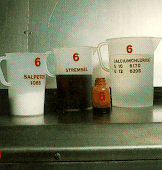

| On the Farm | In the Creamery | |
|---|---|---|
| Cutting | video (QT/4.0Mb) | video (QT/2.8Mb) |
| Transfering | video (QT/2.6Mb) | video (QT/3.1Mb) |
| Pressing | video (QT/3.8Mb) | video (QT/3.0Mb) |
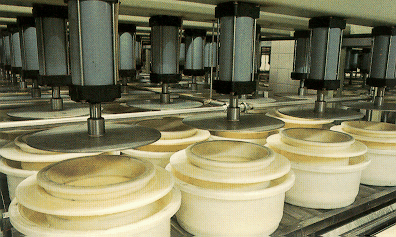
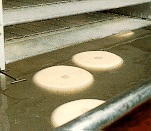
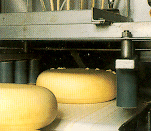
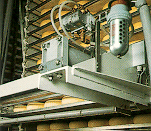

| On the Farm | In the Creamery | |
|---|---|---|
| Brine bath | video (QT/2.4Mb) | video (QT/5.5Mb) |
| Finishing touch | See previous video | video (QT/4.2Mb) video (QT/6.4Mb) |
